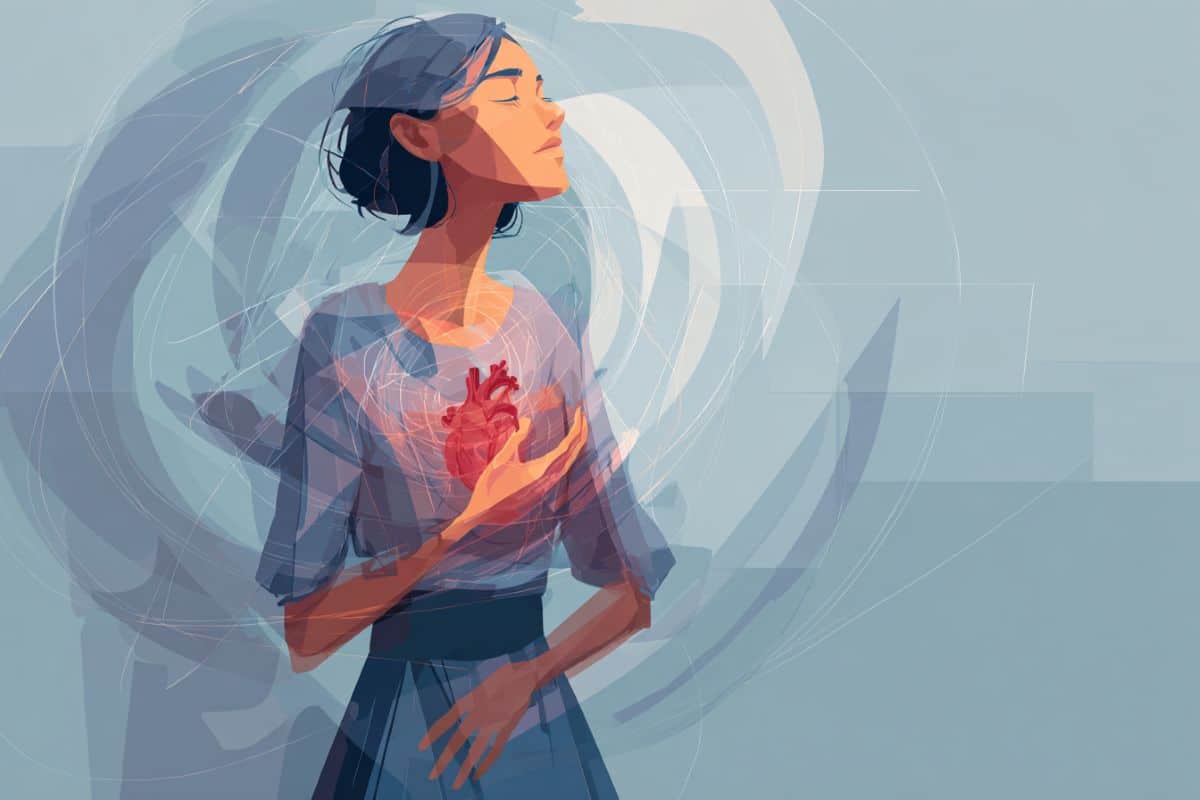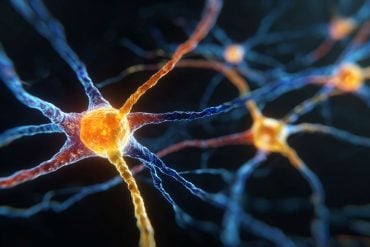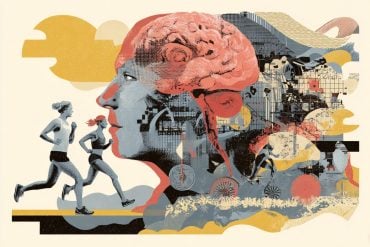Summary: Researchers have found that postural orthostatic tachycardia syndrome (POTS) occurs in almost a third of patients with severe long COVID, making it far more common than in the general population. The study, the largest to date on the subject, showed that middle-aged women were most affected, with symptoms including dizziness, rapid heart rate, fatigue, and difficulty concentrating.
While POTS worsens quality of life, the good news is that it can be detected with simple, inexpensive tests and treated with therapies to reduce symptoms. These findings highlight the importance of screening long COVID patients for POTS to improve diagnosis, management, and recovery.
Key Facts:
- High Prevalence: 31% of severe long COVID patients were diagnosed with POTS.
- Gender Impact: 91% of affected patients were middle-aged women.
- Treatment Possible: Simple diagnostic tests and therapies can significantly improve outcomes.
Source: Karolinska Institute
Postural orthostatic tachycardia syndrome, or POTS, is a condition where the heart beats abnormally fast when changing position from lying down to standing up. Standing up is a challenge for those affected who feel dizzy and would rather sit or lie down, so called orthostatic intolerance. Their hearts may also beat faster than normal at rest and during exertion. Patients experience fatigue and difficulties concentrating, symptoms that are common in long COVID.
Now, researchers at Karolinska Institutet show that POTS occurs in almost a third of patients with severe long COVID. By comparison, less than one per cent of the Swedish population was affected by POTS before the pandemic.
“Previous, smaller studies have shown that there is a connection, but now we can say with certainty that POTS is a very common condition in patients with long COVID. This is valuable knowledge for both healthcare professionals and patients,” says Mikael Björnson, doctoral student at the Department of Medicine, Solna, Karolinska Institutet.
Women in their early middle age
According to the researchers, this study is the largest and most detailed to date on the link between POTS and long COVID. A total of 467 patients with severe long COVID who had not been hospitalised for COVID-19 were examined. Ninety-one per cent were middle-aged women who were essentially healthy and physically active before they developed long COVID.
At an average of twelve months after falling ill, they underwent physical tests and completed forms about their health. Those who showed signs of possible POTS also received an assessment from a cardiologist after further, targeted tests.
Thirty-one per cent of participants received a POTS diagnosis, while 27 per cent had symptoms but did not meet the criteria for diagnosis. The remaining 42 per cent had no symptoms of POTS. Patients with a diagnosis had significantly higher heart rates during walking tests and reported lower health-related quality of life.
POTS can be treated
“It is important to know that POTS can be detected with inexpensive, simple tests that are available at all levels of healthcare. For those who receive a diagnosis, there are treatments that can alleviate symptoms and improve quality of life,” says Judith Bruchfeld, associate professor at Karolinska Institutet, senior consultant in infectious diseases at Karolinska University Hospital and head of the study.
The researchers now recommend that patients with long COVID who experience a significant increase in heart rate when changing position from lying down to standing, as well as during exertion, and who experience symptoms such as dizziness, brain fog and pronounced fatigue, are investigated for POTS.
The next step in the research is a four- and five-year follow-up of the patient group, and in addition, patients with COVID-19 who have been treated in hospital. The researchers will investigate recovery and functional level over time.
Funding: The study is a collaboration with Karolinska University Hospital and has been funded by the Swedish Research Council and the Swedish Heart-Lung Foundation.
Key Questions Answered:
A: Postural orthostatic tachycardia syndrome is a condition where the heart rate increases abnormally when moving from lying down to standing, causing dizziness, fatigue, and brain fog.
A: Nearly one-third of long COVID patients in the study were diagnosed with POTS, compared to less than 1% of the Swedish population before the pandemic.
A: Yes. POTS can be diagnosed with simple tests and managed with treatments that ease symptoms and improve quality of life.
About this POTS and Long Covid research news
Author: Press Office
Source: Karolinska Institute
Contact: Press Office – Karolinska Institute
Image: The image is credited to Neuroscience News
Original Research: Open access.
“Prevalence and Clinical Impact of Postural Orthostatic Tachycardia Syndrome in Highly Symptomatic Long COVID” by Mikael Björnson et al. Circulation Arrhythmia and Electrophysiology
Abstract
Prevalence and Clinical Impact of Postural Orthostatic Tachycardia Syndrome in Highly Symptomatic Long COVID
BACKGROUND:
The incidence of postural orthostatic tachycardia syndrome (POTS) in long COVID has been a growing concern since the first cases were reported in 2021. The aim of this study was to assess the prevalence and clinical impact of POTS in a series of well-characterized patients with long COVID.
METHODS:
We prospectively analyzed 467 nonhospitalized, highly symptomatic (sick leave ≥50%) patients with long COVID, and studied differences in demographics and clinical assessment outcomes between those diagnosed with POTS and the remaining long COVID patients. Examinations were performed at a median of 12 months after acute COVID-19, followed by a cardiologist evaluation with 48-hour ECG, head-up tilt test, and Active Stand Test for those with clinically suspected POTS.
RESULTS:
Of all long COVID patients, 143 (31%) were diagnosed with POTS, 128 (27%) did not fulfill POTS criteria, while 196 (42%) had no clinical signs of POTS. Patients with POTS were younger (mean age, 40.0 versus 44.0 versus 47.0 years, respectively; P≤0.001) and predominantly female (91%).
They had significantly lower physical activity compared with the other 2 groups, as measured with the Frändin-Grimby scale (P=0.001).
Heart rates during the 6-minute walk test were significantly higher in the POTS group, both during walking and at rest afterward, with a significantly shorter walking distance (448 m versus 472 m versus 509 m, respectively; P≤0.001). However, the distribution of symptoms showed no significant differences between the groups.
CONCLUSIONS:
In this cohort of predominantly younger women with highly symptomatic long COVID, POTS is common and presents with overlapping symptoms between POTS and non-POTS patients. Long COVID POTS confers lower physical activity and capacity compared with non-POTS long COVID and should be systematically assessed in this condition.







